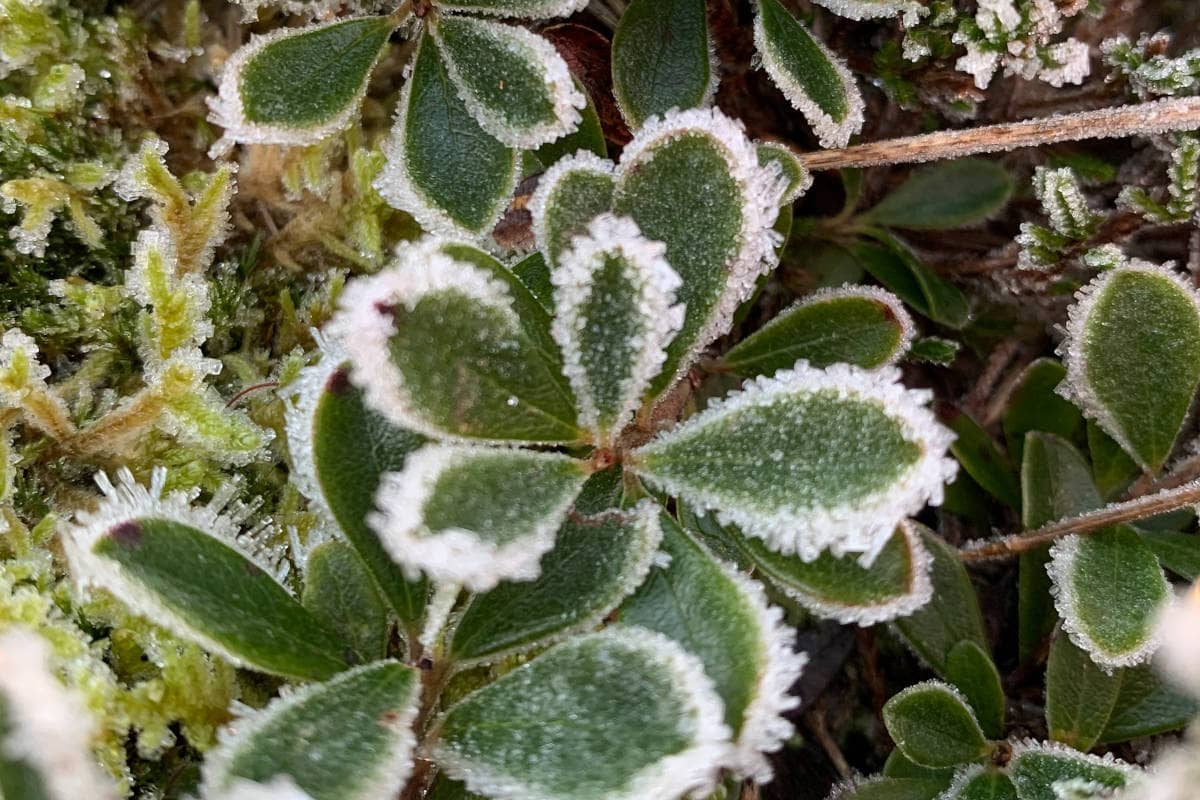
Now that we’re in the middle of another Colorado winter, property managers have to shift their landscaping priorities towards keeping people safe from snowy and icy hazards on the property. However, it’s also important to keep the property itself safe from winter weather. Failing to protect your landscape during the winter can lead to problems come springtime, and can also increase the risk of accidents or injuries during inclement weather.
Here are 7 ways that you can protect your lawn, plants, and landscape during winter:
7 Ways To Help Your Landscape Survive Harsh Colorado Winters
Prepare Your Lawn for Winter
Keeping your lawn safe through winter starts with good prep work before the first freeze of the season. The last mow of the year can be tricky to time in Colorado; depending on the weather, lawns can keep growing through November and sometimes even into December. The best time for the last mow of the year is once your lawn has gone dormant.
After the last mow of the year, be sure to aerate and fertilize your lawn. This will help the fertilizer penetrate deep into the soil, ensuring that your lawn’s root system will have all the nutrients it needs. Overseeding before winter (aka dormant seeding) will help your lawn grow back thicker and healthier come springtime.
Winterize Your Irrigation Systems
Properly winterizing your sprinklers, along with any other water features, is essential to protecting your landscape through winter. Failing to winterize any water systems before the first freeze of the year is a surefire way to cause serious problems. Any water left in the system can freeze and lead to burst pipes, damaged valves and controllers, and more. This can, in turn, lead to leaking water on warmer days that cause flooding on the property, increasing the risk of damage to your lawn or lead to icy hazards.
Use Mulch to Insulate Your Plants
Applying mulch on flower beds and other plants can be a big help in keeping them protected during winter for a few key reaons:
- Mulch helps regulate soil temperature, helping to prevent freeze damage
- Mulch helps retain soil moisture while helping to prevent the soil from freezing
- Mulch helps increase soil nutrient levels as is decomposes
- Mulch helps prevent weeds from sprouting the will steal nutrients from other plants
Trees can also benefit from mulch, but need extra care to ensure that mulch doesn’t do more harm to them than good. Mulch around trees should only be 2-3 inches thick at most, and you shouldn’t place any mulch within 12 inches of the base of the tree trunk. Mulching too close to trees (or adding too much) can suffocate roots and prevent water from reaching them, and can also lead to pest problems.
Cover Your Trees Trunks, Shrubs, and Other Plants with Burlap
Wrapping trees, shrubs, and other plants with burlap is another step you can take to protect your landscape during winter. Burlap protects plants from heavy snow, ice, and winds that can break branches or cause freeze damage. It can also deter animals or pests that may try to use your plants for shelter or food. Although burlap keeps several things away (and out) of your plants, it still lets in air, moisture, and sunlight, ensuring that you won’t starve or suffocate your plants.
Minimize Salt Damage to Your Lawn, Plants, and Hardscapes
Salts and de-icers play an important part in property safety, but they can also harm your lawn, plants, and even your hardscapes. Salts and de-icers can inhibit plants’ ability to photosynthesize, turning them sickly and yellow. They can also cause hard surfaces to erode, cause cracking, or become discolored. Using physical barriers – burlap, snow fences, or even plastic – can help minimize contact with harsh chemicals and keep your landscape cleaner and healthier.
Prune (Most) Deciduous Plants in Winter
Depending on what type of plants you have on your property, they may benefit from winter pruning. Most deciduous trees and shrubs can be pruned in the winter to promote healthier blooms during flowering season. A reliable window for pruning most summer-flowering shrubs and trees is late winter through early spring (roughly mid-November to mid-March). Many evergreens like juniper, yew, and conifers can also benefit from late winter pruning.
Any tree limbs that are damaged or dead should be trimmed immediately to prevent them from breaking due to winds, heavy snow, or ice accumulation.
Protect Your Potted Plants, Outdoor Furniture, and Other Decorations
With all this focus on grass, plants, and hardscapes, other features of your property may go overlooked. Potted plants, outdoor furniture, and other decorations also need care to keep them protected from the elements.
Potted plants may need to be brought inside, but hardier plants may only require a layer of mulch, some burlap wrapped around the pot to stay insulated, or something to act as a windbreak.
Outdoor furniture is usually waterproof, but should be covered to protect it from heavy snow and ice. Furniture that is made of wood or metal should be properly treated or brought inside to prevent rot or rust.
Outdoor decorations are generally waterproof, so make sure any decorations you use are intended for outside use. Also make sure that anything that might blow away in heavy winds or during storms is properly secured.
Keep Your Landscape Protected Through Winter With GroundMasters
Our team at GroundMasters Landscape Services has the expertise you need to prepare your commercial property for winter and keep it well-maintained no matter the season. Our year-round services include lawn care, sprinkler system maintenance, tree & shrub care, and landscape enhancements – along with storm cleanup and snow & ice removal for when bad weather hits.
To see what GroundMasters can do for your Denver-area business or commercial property, give us a call at (303) 750-8867 or get in touch with us online to get started.
